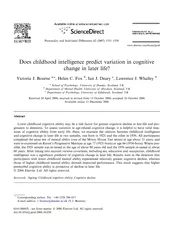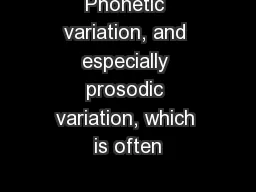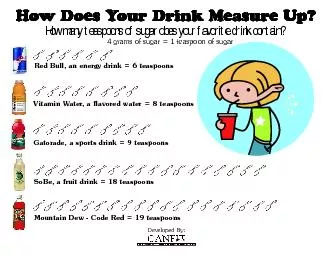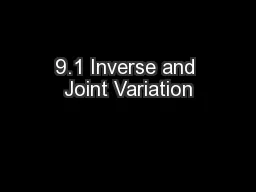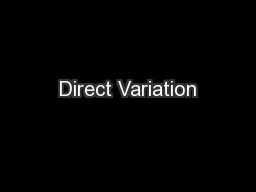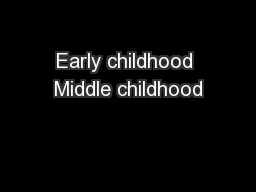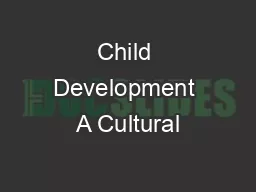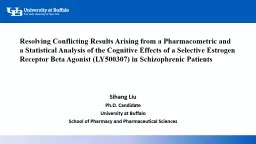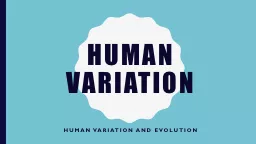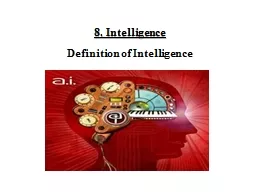PDF-Does childhood intelligence predict variation in cogni
Author : cheryl-pisano | Published Date : 2015-05-24
Bourne a Helen C Fox Ian J Deary Lawrence J Whalley School of Psychology University of Dundee Scotland UK Department of Mental Health University of Aberdeen Scotland
Presentation Embed Code
Download Presentation
Download Presentation The PPT/PDF document "Does childhood intelligence predict vari..." is the property of its rightful owner. Permission is granted to download and print the materials on this website for personal, non-commercial use only, and to display it on your personal computer provided you do not modify the materials and that you retain all copyright notices contained in the materials. By downloading content from our website, you accept the terms of this agreement.
Does childhood intelligence predict variation in cogni: Transcript
Download Rules Of Document
"Does childhood intelligence predict variation in cogni"The content belongs to its owner. You may download and print it for personal use, without modification, and keep all copyright notices. By downloading, you agree to these terms.
Related Documents

